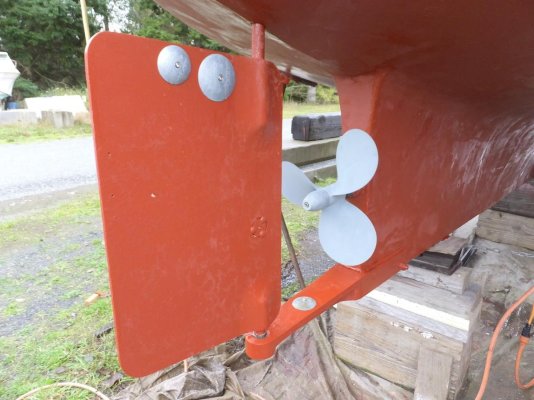Gordon J
Guru
- Joined
- Jul 23, 2015
- Messages
- 1,081
- Location
- USA
- Vessel Name
- Didi Mau
- Vessel Make
- Currently looking for next boat
I noticed yesterday for the first time that my rudders are not exactly parallel. When the rudder connected to the rudder sensor is parallel to the prop shaft, the other rudder is out by a few degrees. I would have thought both would be parallel, but this is my first two engine-boat.
A friend told me that if both are parallel, I will get vibration from the rudder, because of disturbed water going by the rudders. Does not seem intuitive to me.
Thanks in advance.
Gordon
A friend told me that if both are parallel, I will get vibration from the rudder, because of disturbed water going by the rudders. Does not seem intuitive to me.
Thanks in advance.
Gordon




